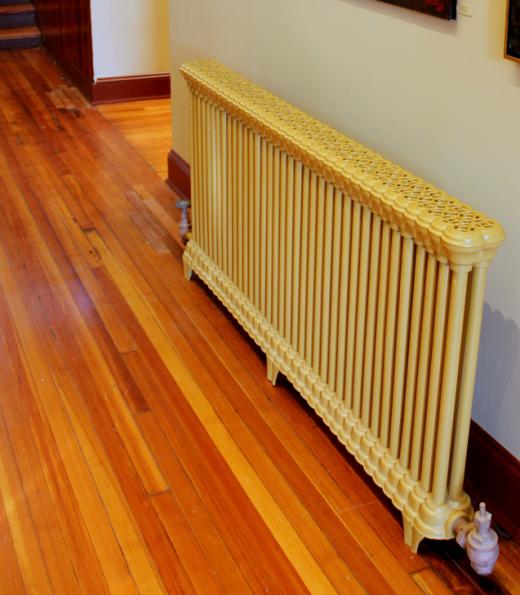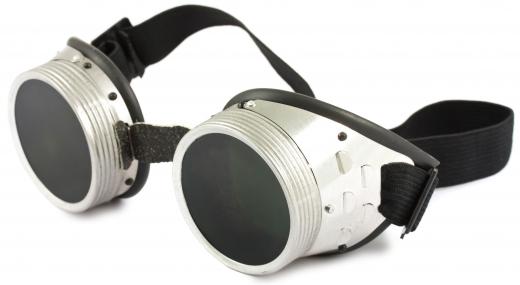A seam welder is a device that utilizes a variation of the spot welding technique to weld continuous seams. Seam welders typically consist of two rotating wheels each forming a separate electrode with a gap between them. The workpiece sheets are pulled through this gap while an electric current is pulsed between the wheels. This electric pulse welds the two sheets together with an overlapping series of “spot” welds. Seam welders may melt the two workpieces together alone or use an additional wire or metal foil element to achieve various results.
Spot welding is a process of passing a momentary electric arc between two electrodes on opposite sides of the work piece. This causes the release of intense localized heat which melts the two materials together in a “spot.” In conventional spot welding where continuous, gap free welds are not required, these spots are regularly spaced according to job specifications. A seam welder uses the same technique but overlaps the spots, thereby creating a gap free, continuous welded seam.

The seam welder wheels used as electrodes are typically made of a copper alloy and mounted on spindles which allow them to rotate freely. They remain stationary in relation to the workpieces which are moved between them. A pulsed, high tension electric discharge is passed between the wheels at the point where they meet which melts the two pieces together. The intervals between pulses are calculated according to the speed at which the workpieces advance, thereby giving an overlapping series of spot welds.

Seam welding techniques differ according to the materials being welded, their thickness, and the eventual use of the welded item. Light gauge coated steel used for fuel tanks and tin cans is often seam welded using an additional copper wire element fed between the two sheets at the weld point. Water radiators and tanks are typically welded with no additional materials used in the seam. A length of copper wire may also be fed between the seam welder wheels and the workpiece in what is known as consumable wire seam welding.

Mash seam welding uses a technique where two sheets of light gauge steel are partly crushed together during welding. Foil butt seam welding utilizes a strip of stainless steel foil laid above and below a butt joint in the sheets. This foil strip preserves the corrosion resistance of coated steel sheets. A seam welder holds several distinct advantages over other arc welding techniques. These include high welding speeds and very little fume generation.
